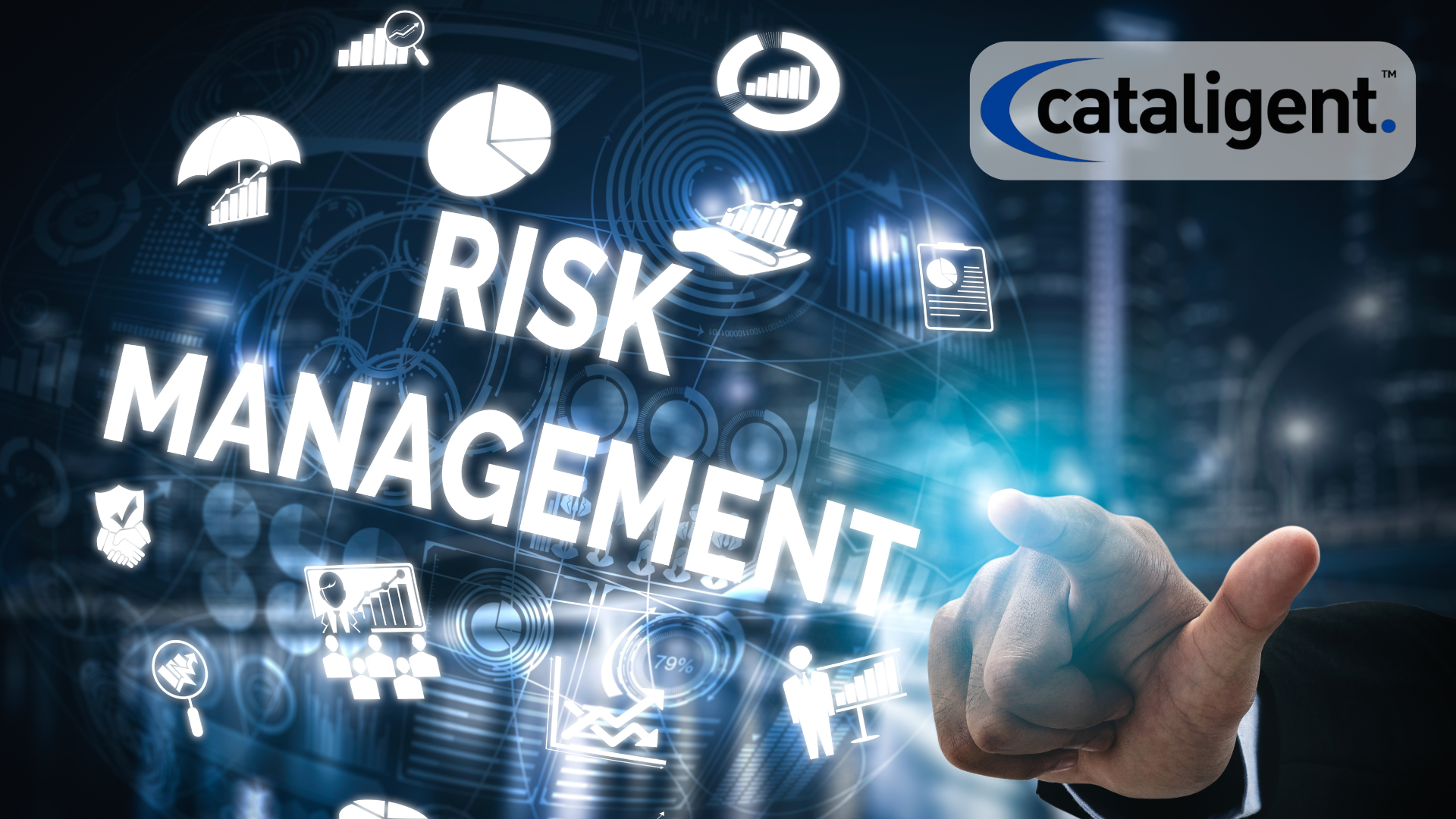In today’s fast-paced business environment, organizations face an ever-evolving landscape of threats and uncertainties. Whether it’s cyberattacks, regulatory changes, economic shifts, or operational disruptions, these risks can significantly impact business continuity and organizational growth. To navigate this landscape effectively, it is crucial for businesses to conduct regular risk assessments. This strategic process not only helps in identifying potential vulnerabilities but also enables organizations to develop proactive measures for risk mitigation, regulatory compliance, and overall enterprise risk management.
What is a Risk Assessment?
A risk assessment is a systematic process of identifying, analyzing, and evaluating potential business risks that could affect an organization’s assets, operations, or strategic objectives. The goal is to understand what could go wrong, how likely it is to happen, and the potential impact if it does. By doing so, organizations can prioritize their resources and take informed actions to reduce or eliminate the risks.
Why Conduct Risk Assessments Regularly?
Risk environments are dynamic. New threats emerge constantly due to technological advances, regulatory updates, market volatility, and global events. Therefore, conducting regular risk assessments ensures that an organization stays ahead of these changes. Some of the key benefits include:
- Improved Risk Awareness: Regular assessments raise awareness about potential threats among stakeholders, fostering a risk-aware culture.
- Enhanced Decision-Making: By understanding risks, organizations can make better strategic and operational decisions.
- Regulatory Compliance: Many regulations require businesses to regularly assess and manage risks to ensure legal and regulatory compliance.
- Business Continuity: Early detection of threats allows organizations to implement business continuity planning, ensuring minimal disruption.
- Cost Savings: Preventing incidents through proactive risk management can save significant costs associated with downtime, legal issues, or data breaches.
- Reputation Management: A strong risk assessment framework helps protect the organization’s brand reputation and builds stakeholder trust.
Key Steps in Conducting a Risk Assessment
- Identify Potential Risks: Start by identifying all possible internal and external risks. This could include cyber threats, operational failures, financial fraud, natural disasters, reputational risks, and supply chain issues.
- Analyze the Risks: Assess the likelihood and potential impact of each identified risk. This can be done using qualitative or quantitative methods, depending on the nature and complexity of the risks.
- Evaluate and Prioritize: Rank the risks based on their severity and likelihood. Focus on high-priority risks that could have the most significant impact on your organization.
- Develop Mitigation Strategies: Create plans to reduce or eliminate high-priority risks. This might include implementing new internal controls, updating company policies, or investing in risk management technology.
- Monitor and Review: A risk assessment is not a one-time activity. Regular monitoring and periodic reviews are essential to ensure that mitigation strategies remain effective and are adjusted for evolving risks.
Tools and Techniques for Risk Assessments
Several tools and methodologies can support effective enterprise risk assessments:
- SWOT Analysis (Strengths, Weaknesses, Opportunities, Threats)
- Risk Matrix: Helps visualize the severity and likelihood of risks.
- Heat Maps: Graphical representation of risk exposure levels.
- Scenario Analysis: Explores different risk scenarios and outcomes.
- Checklists and Surveys: Useful for gathering risk-related information from stakeholders.
- Automated Risk Assessment Tools: Digital platforms that streamline the risk assessment process and provide real-time insights.
Involving the Right Stakeholders
Risk assessments should involve input from across the organization. Engaging departments like IT, finance, HR, legal, operations, and executive leadership ensures a comprehensive view of potential risks. Moreover, having executive sponsorship enhances the strategic value and implementation of risk mitigation plans.
Industry-Specific Considerations
Different industries face unique risks. For example:
- Healthcare must consider patient data privacy, HIPAA compliance, and operational risks.
- Finance focuses on financial fraud, data breaches, regulatory oversight, and market volatility.
- Manufacturing deals with equipment failure, supply chain disruptions, workplace safety, and environmental risks.
- Retail must manage consumer data protection, inventory loss, and e-commerce fraud.
Tailoring your risk assessment process to your industry’s specific challenges makes it more relevant and effective.
Risk Assessment in the Digital Age
With the rise of digital transformation, cybersecurity has become a major area of focus in risk assessments. Organizations must evaluate their IT infrastructure, data protection protocols, and employee cybersecurity training to mitigate cyber threats. Tools such as automated risk management platforms, cloud security assessments, and penetration testing can streamline the process, ensuring timely updates and real-time monitoring.
Additionally, data privacy laws such as GDPR and CCPA require organizations to implement strong data governance practices, making cyber risk assessments even more essential.
Integrating Risk Assessments into Business Strategy
To maximize the benefits, risk assessments should be integrated into the organization’s broader strategic planning process. This alignment ensures that risk considerations are embedded in decision-making at all levels, supporting sustainable growth and long-term organizational resilience.
- Embed risk discussions into board meetings and executive planning sessions.
- Align risk appetite with business objectives.
- Use assessment outcomes to guide investments, resource allocation, and business development.
Best Practices for Effective Risk Assessments
- Schedule Assessments Regularly: Conduct them quarterly, biannually, or annually depending on your industry and risk exposure.
- Keep Documentation Updated: Maintain records of all risk assessments, findings, and mitigation actions for audit trails.
- Use Technology: Leverage risk management software and business intelligence tools to automate data collection, analysis, and reporting.
- Train Employees: Educate staff on risk awareness, incident reporting, and compliance protocols.
- Review and Revise: Continuously improve your risk assessment methodology based on feedback, technological changes, and external developments.
Conclusion
In conclusion, to remain resilient and competitive, organizations must make it a priority to conduct regular risk assessments. This foundational practice supports risk mitigation, regulatory compliance, business continuity, cybersecurity, and informed decision-making. In a world where business risks are inevitable, proactive assessment and planning are the keys to turning uncertainty into opportunity.
By embedding this practice into your operational DNA, you create a culture that values foresight, agility, and resilience, ensuring your organization is prepared for whatever challenges lie ahead.

